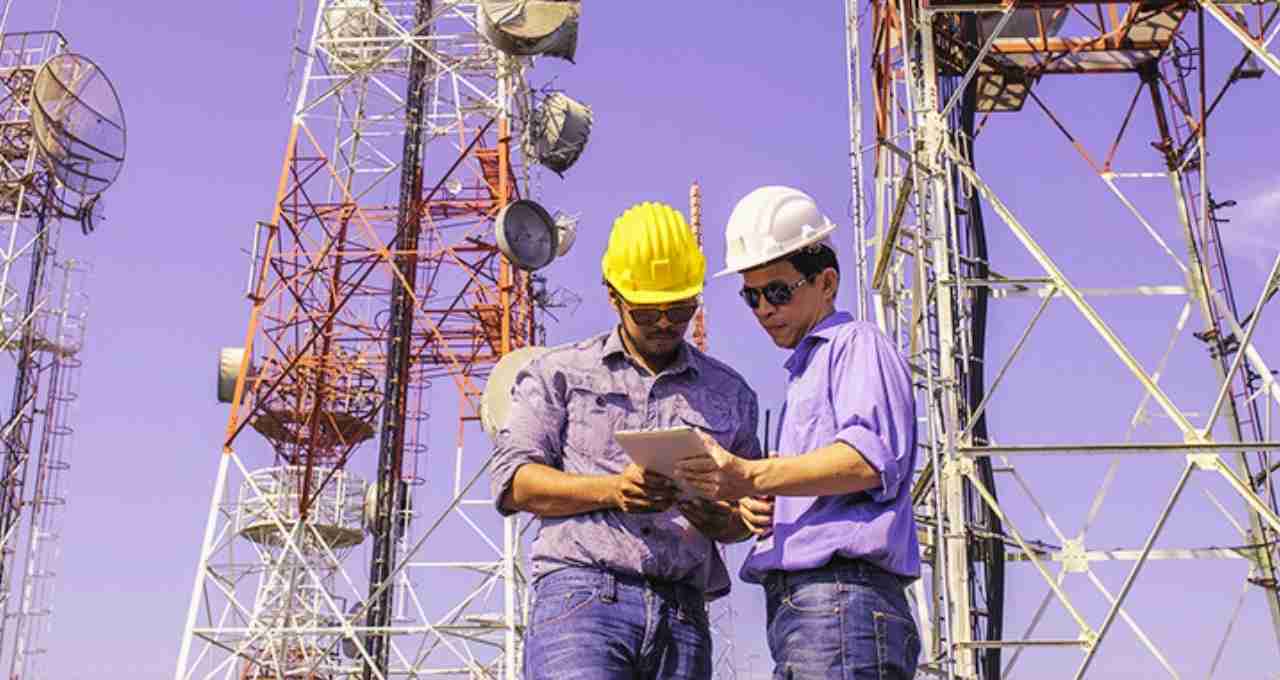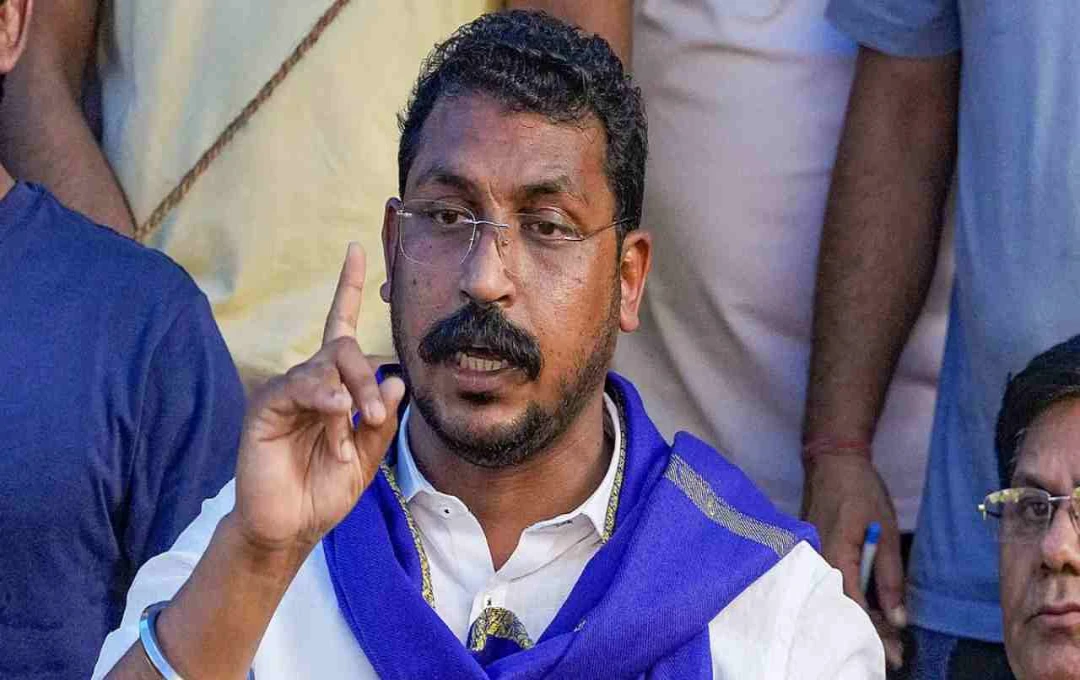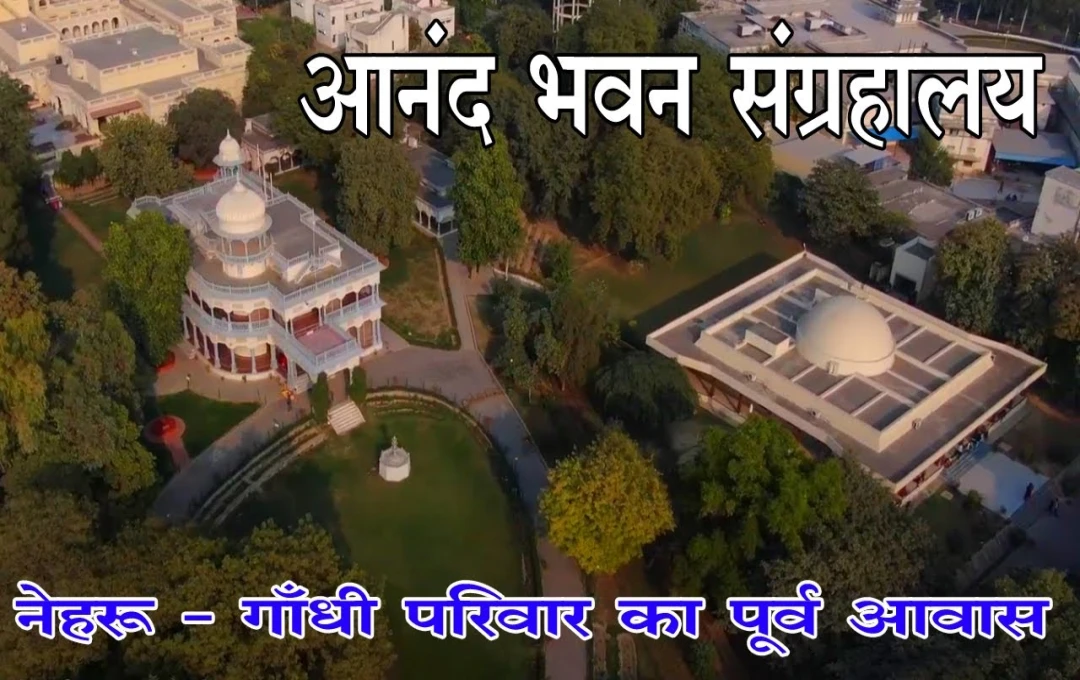The Indian government is poised to launch a significant initiative to propel the nation's digital journey to new heights. The central government is preparing to unveil the new National Telecom Policy (NTP 2025), aimed at providing every citizen with fast, reliable, and smart digital connectivity. This policy will not only emphasize network expansion but also stimulate job creation, investment, and technological innovation within the country.
NTP 2025 Imminent: Strengthening Digital Infrastructure

The new Telecom Policy 2025 (NTP 2025) is slated for imminent release. The Department of Telecommunications (DoT) is actively working on its implementation, aiming for launch within the next few weeks. The policy's primary objective is to deliver high-speed and reliable internet services to every corner of India. This will involve strengthening mobile networks, broadband, and satellite connectivity. Furthermore, it will promote emerging technologies such as 6G, Artificial Intelligence (AI), cybersecurity, and quantum computing, thereby bolstering India's digital prowess.
NTP 2025 aims for completion by 2030. This policy will ensure that every citizen, regardless of urban or rural location, benefits from improved internet facilities. The utilization of new technologies will render digital services more accessible and secure. This will also create new employment opportunities and stimulate the national economy. This government initiative represents a crucial step towards making India a ber and self-reliant player in the digital world.
Boosting Employment and Investment
The government claims that the new telecom policy could generate approximately 1 million new jobs over the next 5 years. Simultaneously, an estimated annual investment of approximately ₹1.5 lakh crore is anticipated. This investment will primarily focus on telecom infrastructure, data centers, cloud services, and digital innovation.
The new policy also aims to significantly increase the contribution of Information and Communication Technology (ICT) to India's GDP. Currently, ICT contributes approximately 7.8%, with a target of 11% by 2030.
Boosting 4G and 5G Connectivity

A major goal of the new telecom policy is to extend 4G network coverage to every part of the country. While 4G service is now available in most areas, the government is working to further strengthen its reach. Simultaneously, 5G network expansion will be accelerated to reach 90% of the country's population.
Currently, 5G connectivity is available in approximately 93% of India's districts, and telecom companies are actively enhancing their networks. The new policy will not only further the expansion of 5G but also lay a b foundation for future technologies like 6G, leading to improvements in both internet speed and quality.
High-Speed Internet to Reach Every Village
NTP 2025 aims to provide high-speed optical fiber internet access to every village and government office. Under the BharatNet project, BSNL will connect all villages in the country with optical fiber by 2030, providing high-speed internet access in rural areas.
Additionally, the policy plans to establish Wi-Fi hotspots at the district and block levels. This will increase internet access in rural areas, enabling people to better utilize digital services. This initiative will make online education, healthcare, and business services accessible even in remote areas of the country.
Significant Boost to Satellite Connectivity

Satellite connectivity is a key focus of the new telecom policy. The government aims to provide fast and reliable internet access to remote and border areas where traditional network infrastructure is weak. Major companies like Jio, Airtel, Starlink, and Amazon Kuiper are already preparing their satellite internet projects.
The government will soon begin allocating the necessary spectrum for satellite broadband services to these companies. Currently, preparations are in the final stages for granting airwaves for testing purposes. This move will significantly advance India's position in space-based internet technology and bring digital connectivity to new heights in remote areas.
Special Focus on Emerging Technology Sectors
The new telecom policy prioritizes not just connectivity but also technological innovation. Specific plans are being developed focusing on the following areas:
- 6G Network Technology: The new telecom policy will give special attention to 6G networks. This future mobile technology is currently under development. The government will promote research and development in this area so that India can adopt 6G technology quickly and provide users with even faster internet speeds.
- AI and Machine Learning (ML): The use of AI and ML will be expanded in areas such as government services, healthcare, and education. This will improve efficiency and service delivery. The policy will include specific plans for the adoption of these technologies.
- Cybersecurity: Security is crucial in the digital world. The new policy will focus on strengthening cybersecurity to protect internet and data. Stringent regulations and improved technical measures will be implemented to mitigate cyber threats.
- Quantum Computing: Quantum computing is an emerging technology capable of extremely fast calculations. The policy will promote research and development in this area to strengthen India's position and advance technologically.
Support for Developers and the Industry

The government's aim with the new telecom policy is not limited to large corporations; it seeks to involve smaller startups and app developers. NTP 2025 will provide access to specialized AI tools and APIs, enabling small innovators to incorporate smart features into their digital products and apps.
This will strengthen the network of smart apps and digital services in the country. This will not only improve user experience but also increase equal opportunities in the digital world, thereby promoting digital inclusion.
The government's new telecom policy, NTP 2025, could prove to be a crucial step in taking Digital India to the next level. It will improve connectivity, increase job opportunities, and strengthen technology-driven development. Under this policy, not only cities but also villages will be connected with high-speed internet, satellite broadband, and smart digital services. In the coming years, India's telecom sector will become globally competitive, and the national economy will gain new momentum.












